On the first day back after the holidays we took delivery of a carpet which came wrapped around a large and fairly sturdy cardboard tube.
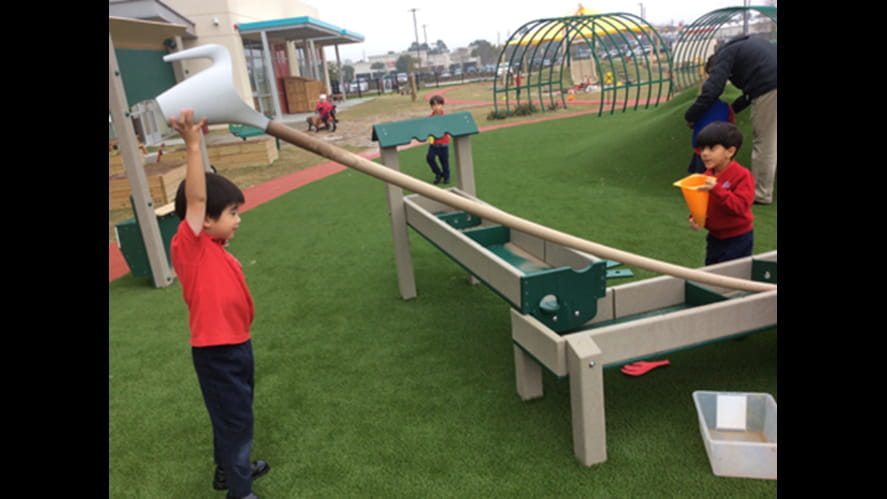
On the first day back after the holidays we took delivery of a carpet which came wrapped around a large and fairly sturdy cardboard tube.
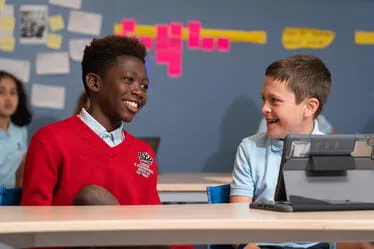
On the first day back after the holidays we took delivery of a carpet which came wrapped around a large and fairly sturdy cardboard tube.
After unrolling the carpet, I casually left the tube at the side of the room where the children could access it if they wished. Knowing their fondness for loose parts play I suspected it would not stay propped against the wall for long.
“Creativity is not just for artists. It's for businesspeople looking for a new way to close a sale; it's for engineers trying to solve a problem; it's for parents who want their children to see the world in more than one way.”
- Twyla Tharp
On the afternoon of the first day the tube was first put to use. Some of the children had been working on a construction project in which they had built an airplane and an airport (many of the children had traveled by plane in the Christmas holiday). Seats, a cockpit, a luggage hold and luggage ramp had already been added and the children were now starting to consider how they could build “the tunnel that the people go down to go onto the plane.” At this point many of the wooden blocks had already been used in the construction of the plane and the airport.
One of the children who had not previously made mention of the tube went to the corner where it and carried it to the model. His peers immediately sprung to his aid and together they carefully placed it between the airport and plane and started to slide wooden figures down it, tilting it as necessary to aid their transit.
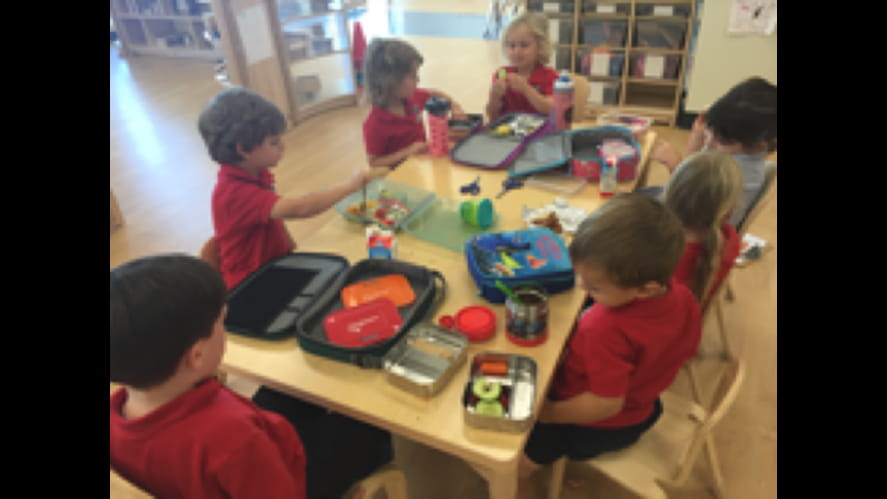
On the second day the tube was found in the construction area by three different children who had other ideas for it. They positioned themselves at either end and took turns to shout or make noises through the tube while their friends listened. Joyful squeals could be heard as the children experimented with animal sounds and nonsense words.
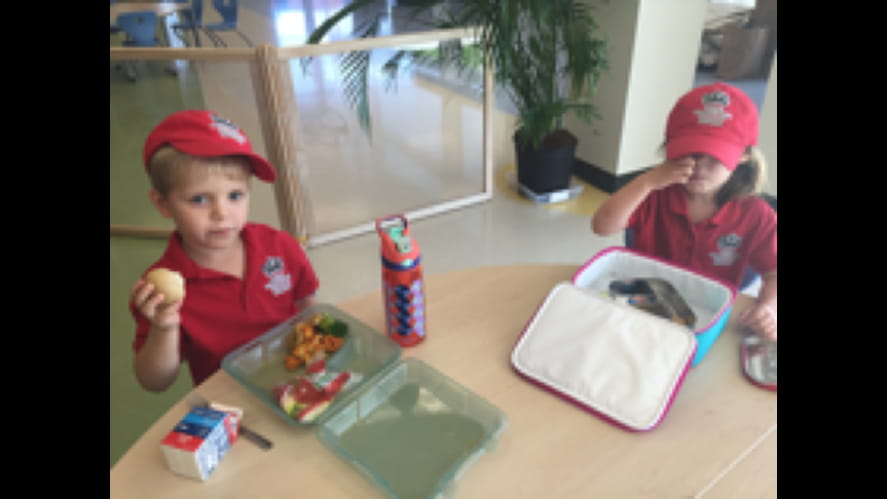
After a few minutes they decided that rather than holding the heavy tube themselves they could find some other means to support it. They arranged some chairs so that the tube could be placed at ear level.
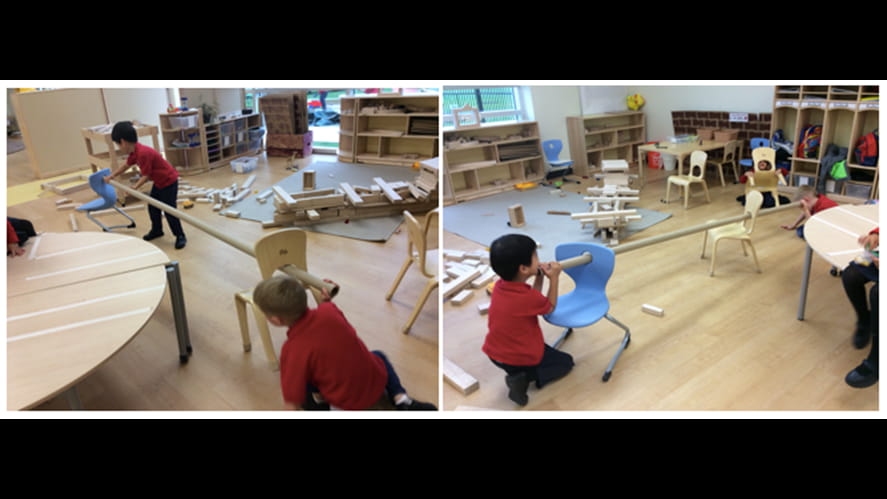
Having arranged the chairs and cardboard tube in this way the children then noticed its angle made it “like a ramp.”
A new use for the tube had emerged and a hunt began for objects that could fit and slide down the tube. The children initially selected the wooden figures from their construction play but then found that small coloured plastic cylinders could go much faster.
The children then started to work out how they could stop the cylinders from sliding out of the bottom by blocking it with their hands. Within minutes they were trapping the objects inside, counting how many were needed until the tube was full up. A torch was requested to check the progress in the darkened tube.
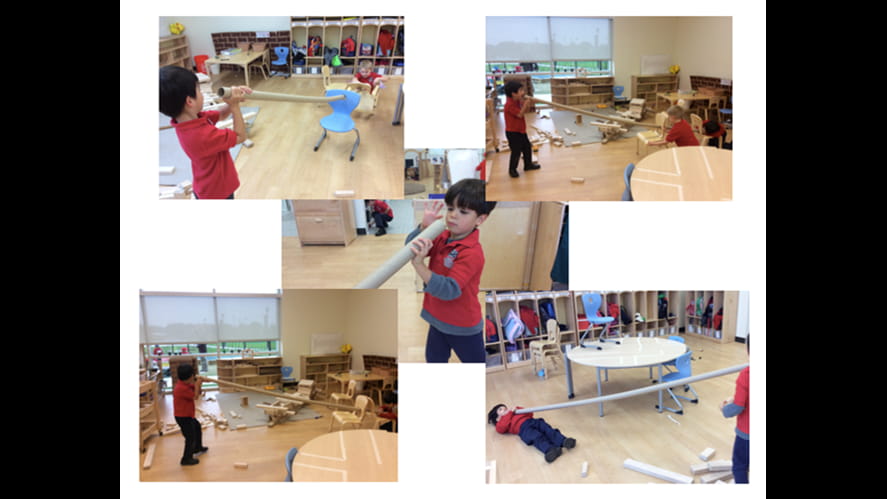
The cardboard tube was then taken outside by the same children. Its size seemed to take on new importance as it was used to compare and measure aspects of the outdoor environment. The children tested it vertically first against the climbing frame but then with even greater enthusiasm against the school building.
“It reaches up to the roof.”
“Maybe it’s bigger than the school.”
“I want it to reach up to the cloud so we can eat the cotton candy.”
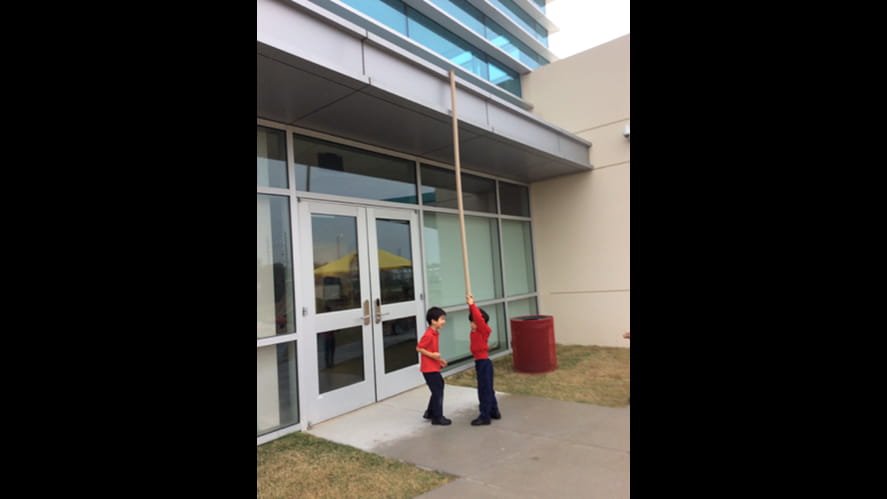
“The true sign of intelligence is not knowledge but imagination.” - Albert Einstein
Its final job was when the children joined with others who were engaged in water play. They watched as their friends carried water to the inclined water tray and poured it in observing how it flowed and moved. The versatile cardboard tube was now employed as a large vessel to pour water into the tray. The children had to experiment once again with the angles in order to get the water to flow downwards. After a few minutes they noted that the tube became “wet”, “soggy” and “floppy” and on one final move to new place by the tray it broke in the middle.
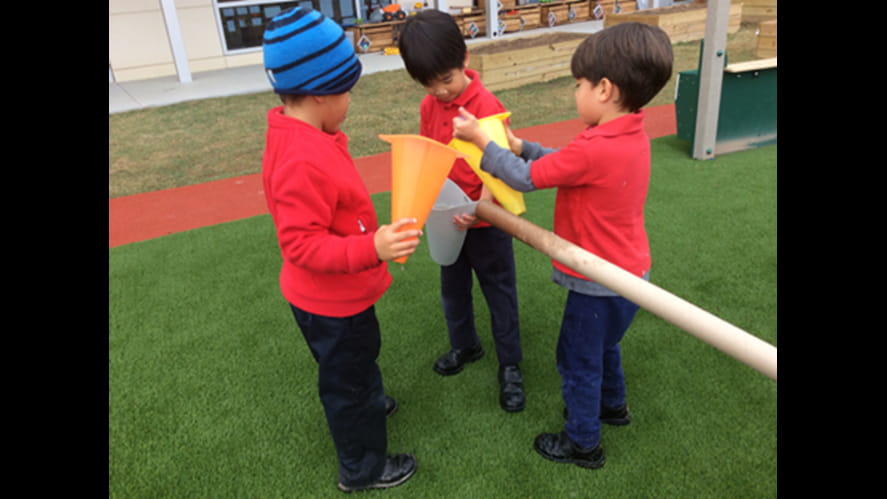

In less than 24 hours the cardboard tube had been a plane’s entry tunnel, a voice amplifier, a ramp, a container, a unit of measure and a drainpipe. The children had explored story-telling, changes of sound, angles, capacity, measure water play and changes of state all through this seemingly everyday item.
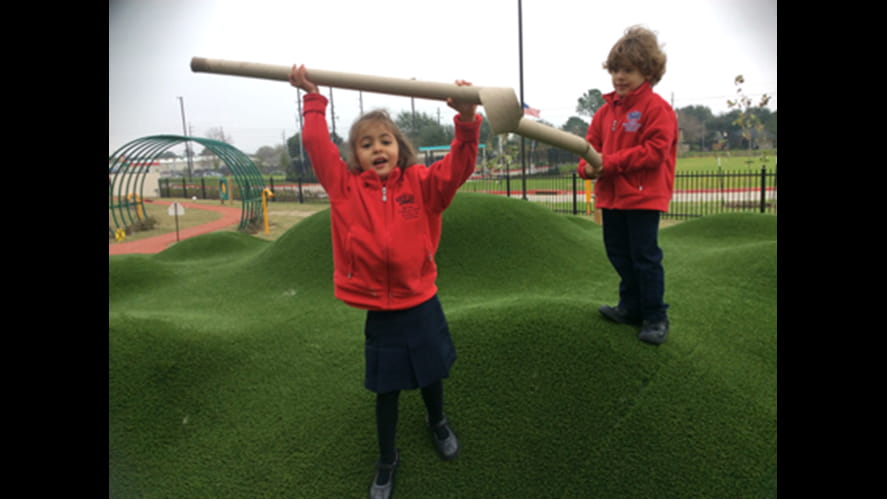
- Ms Nicola Dickson